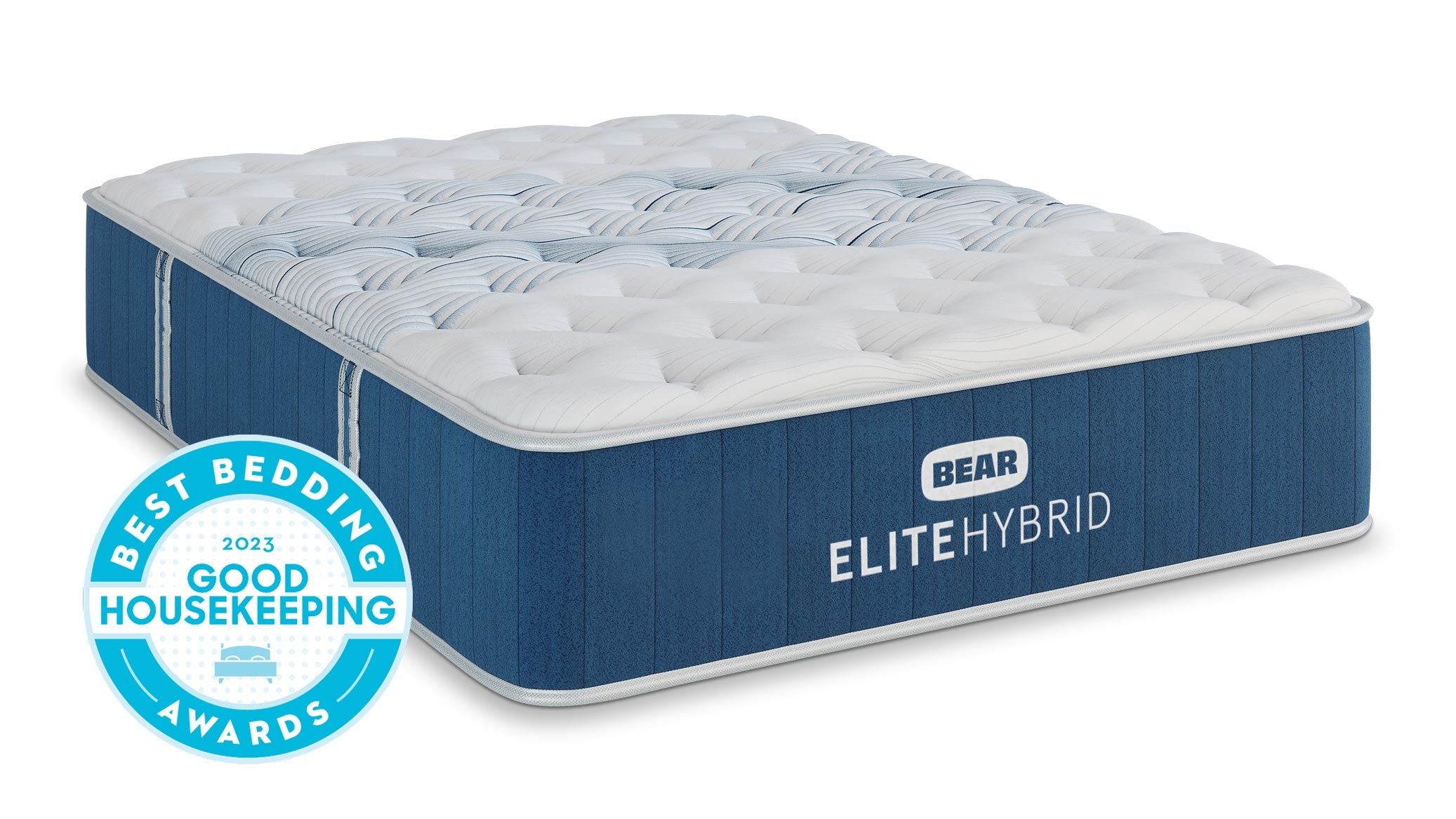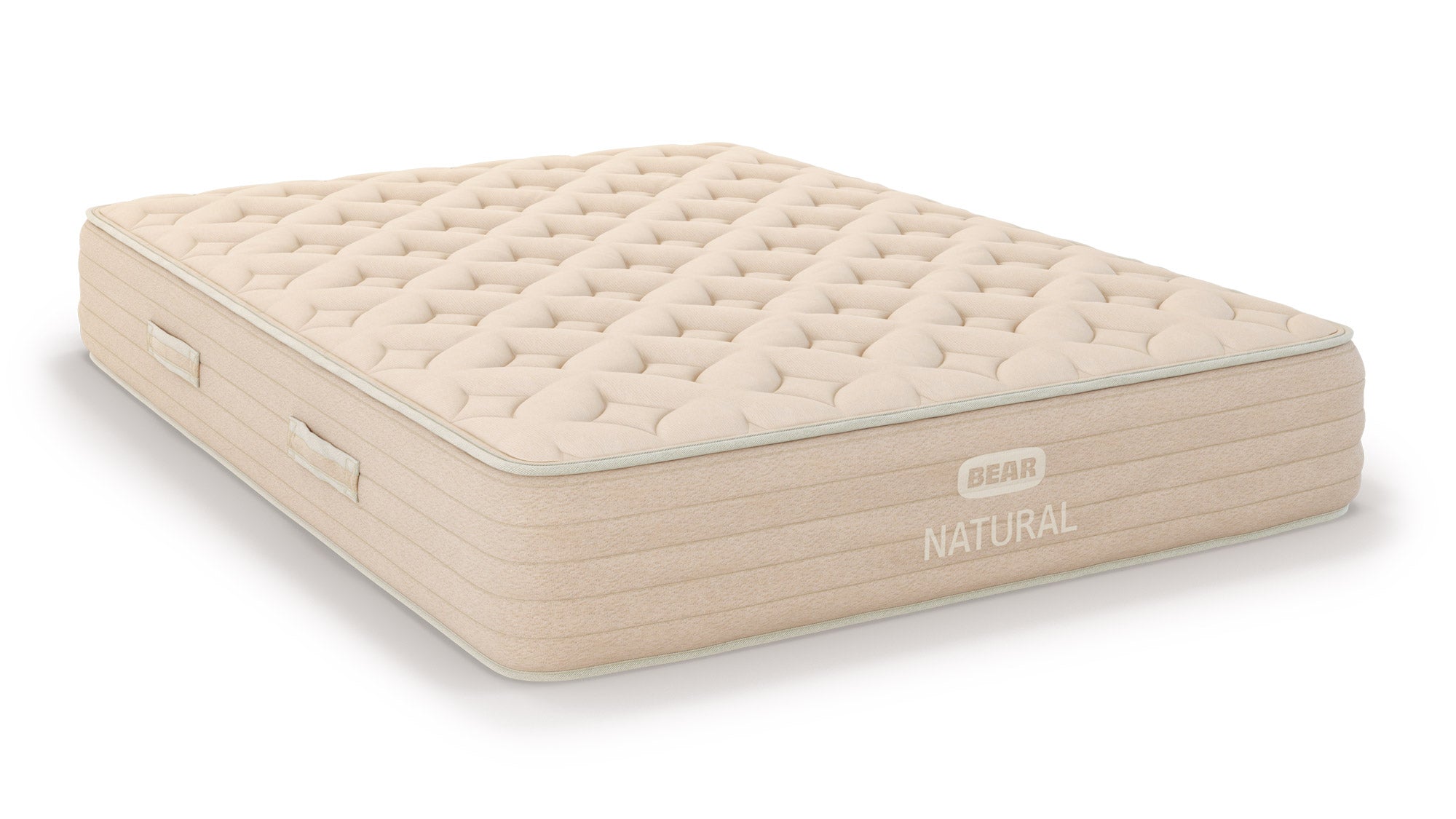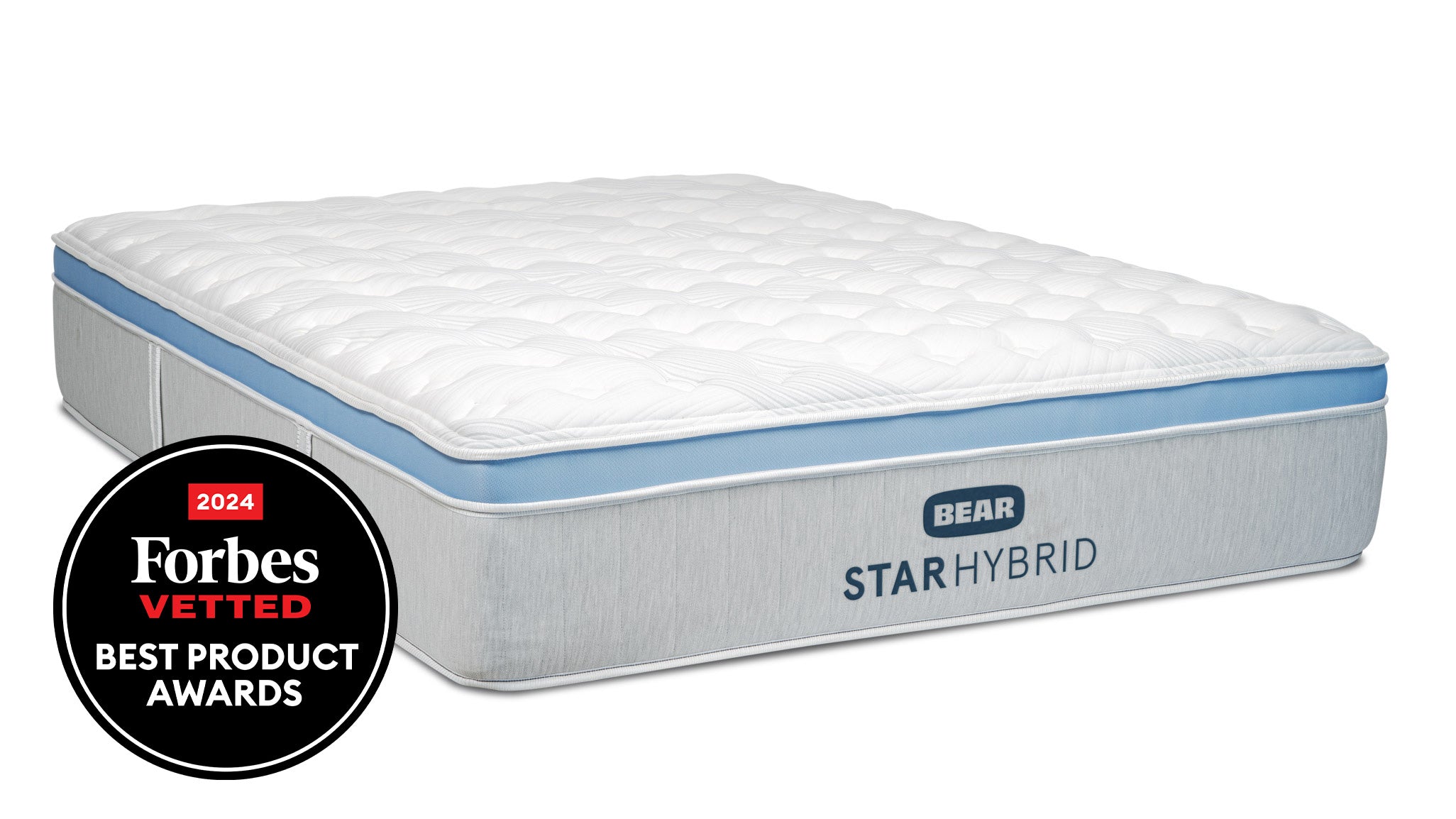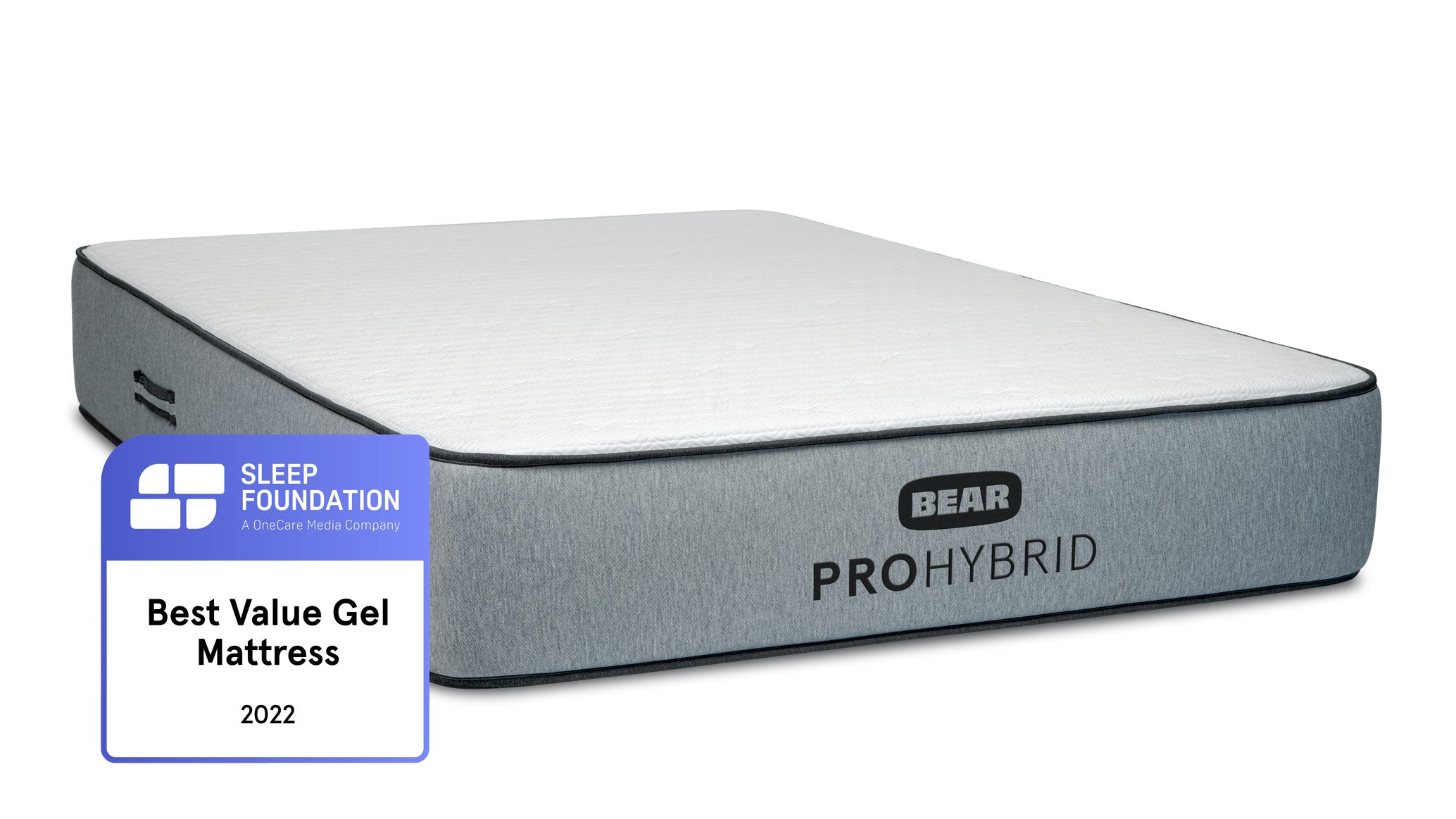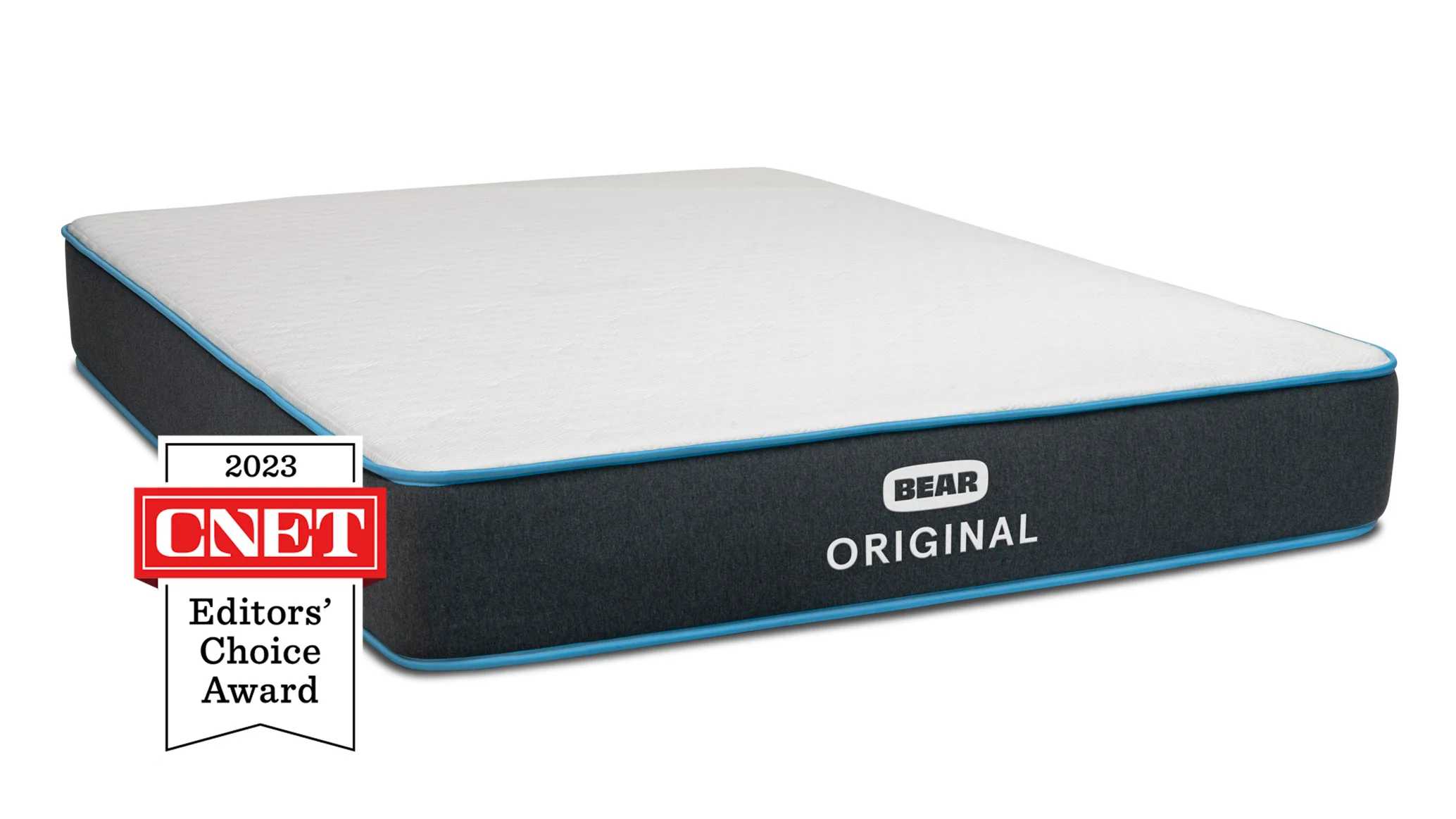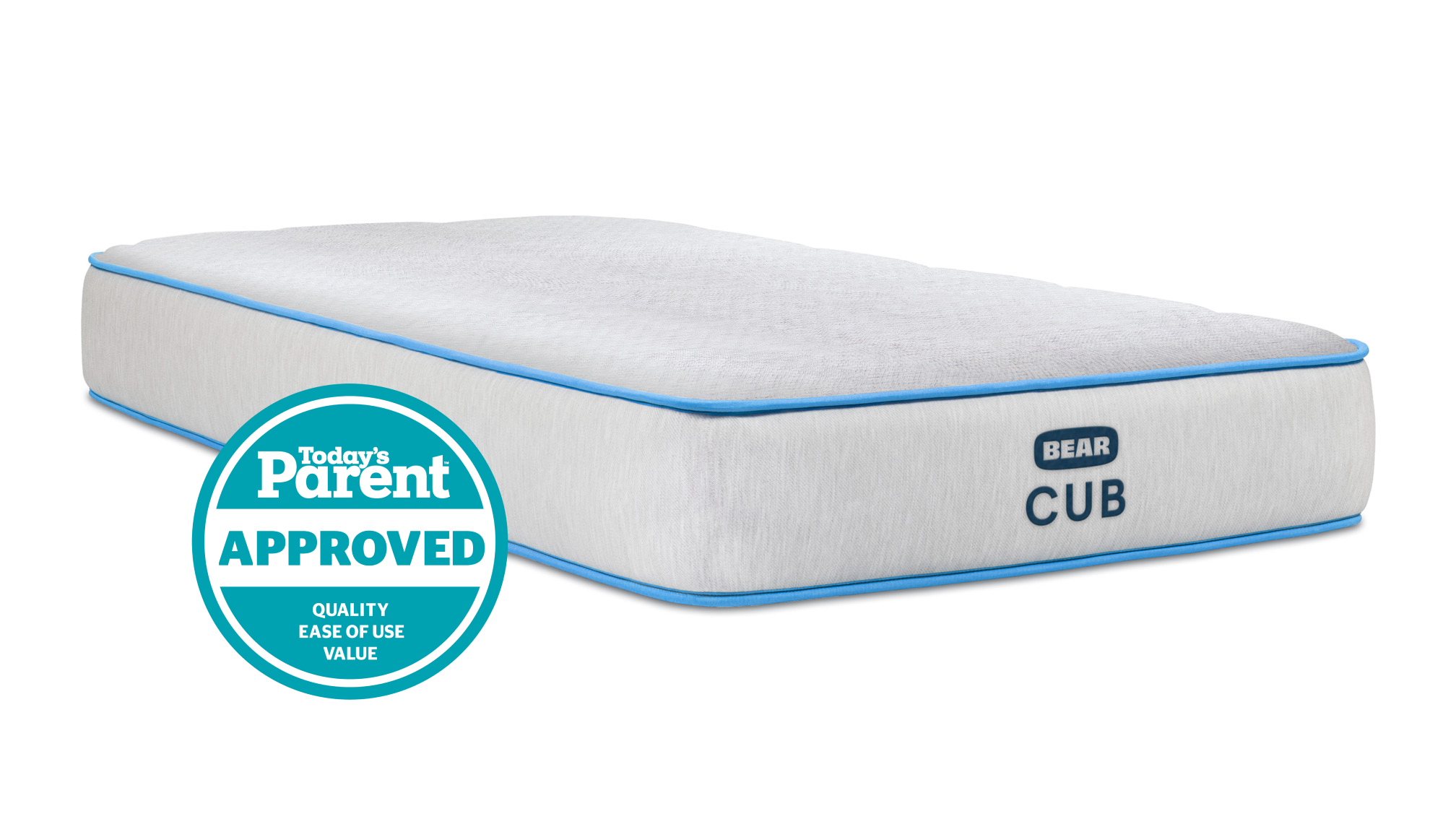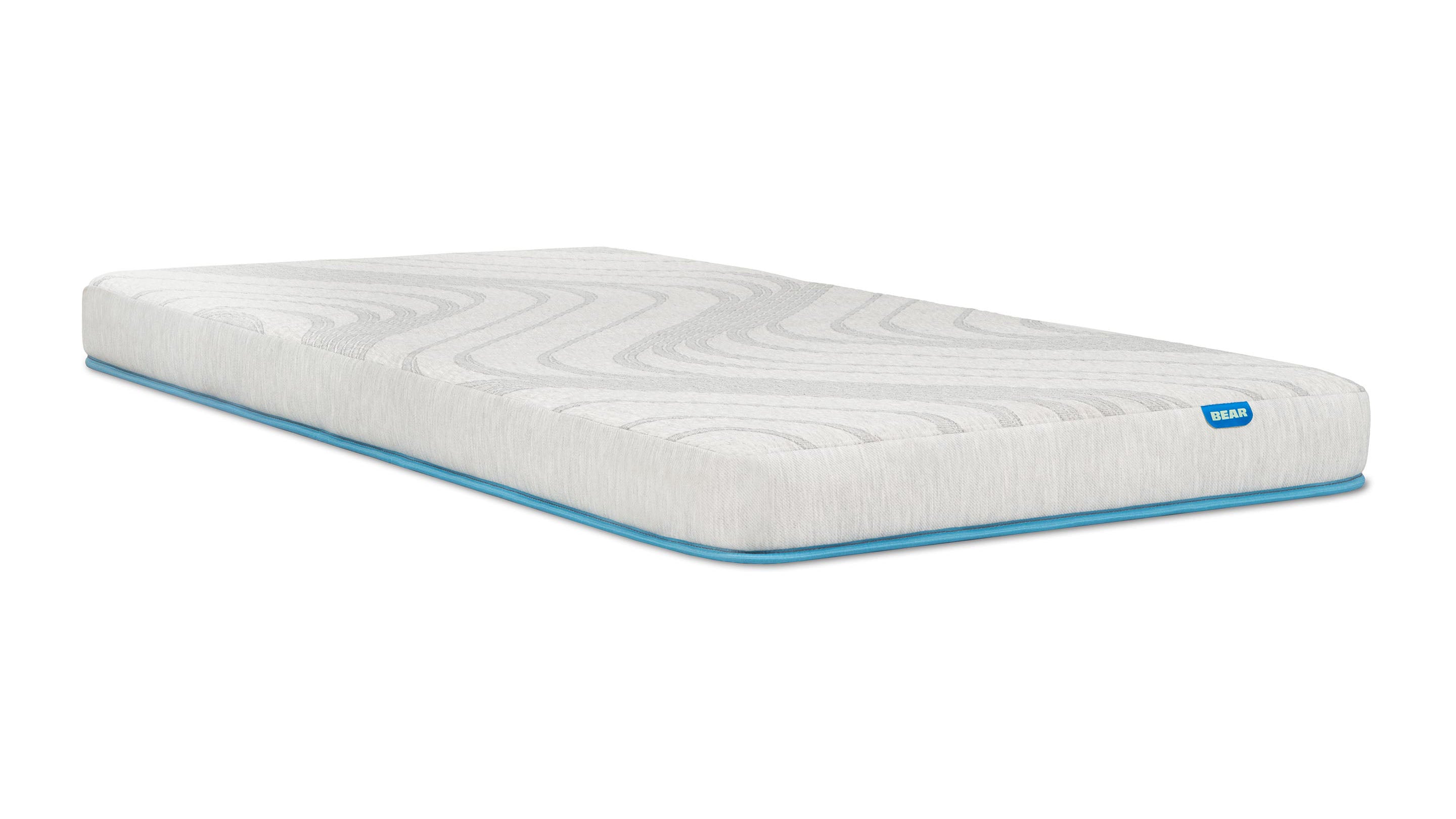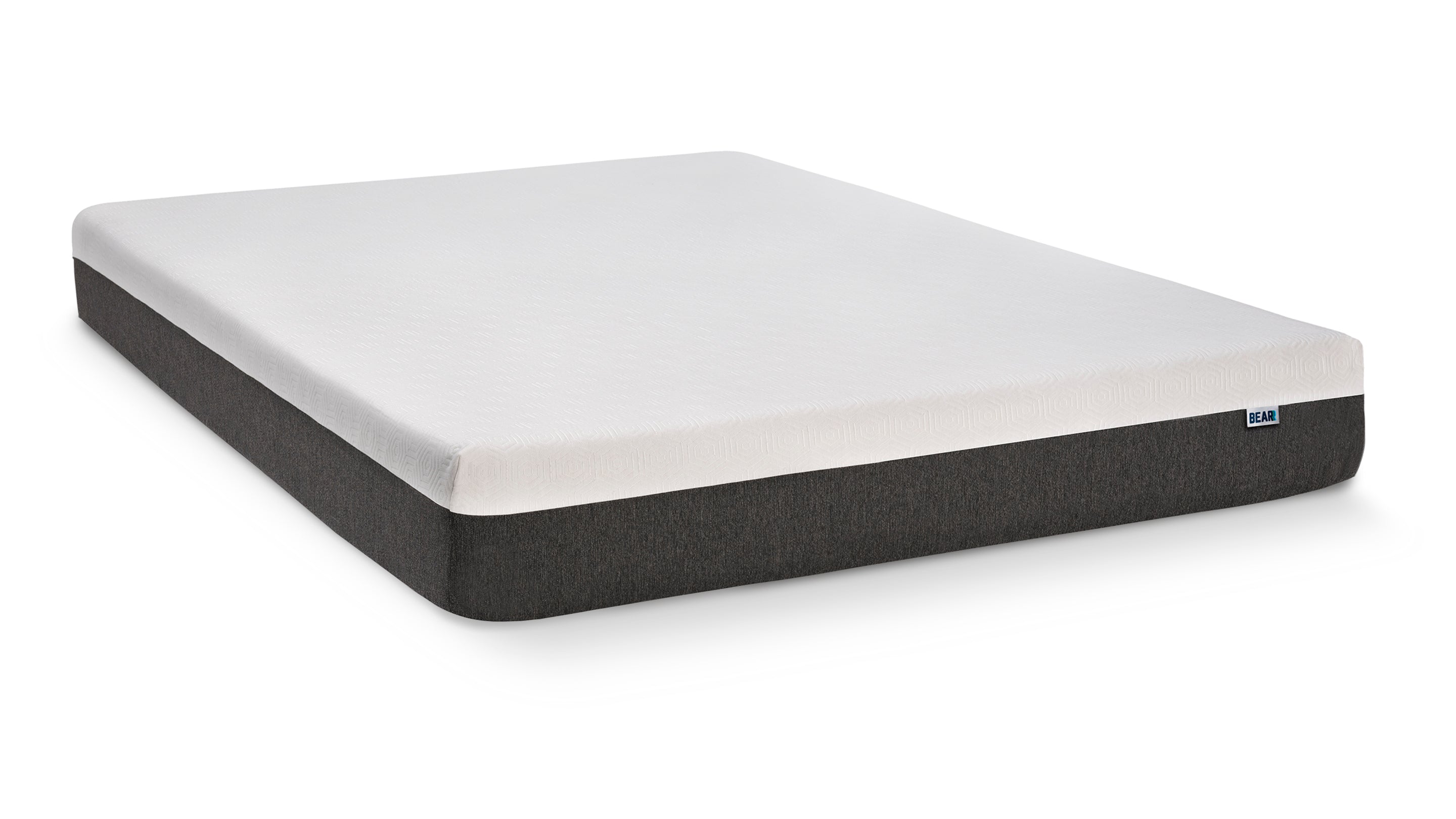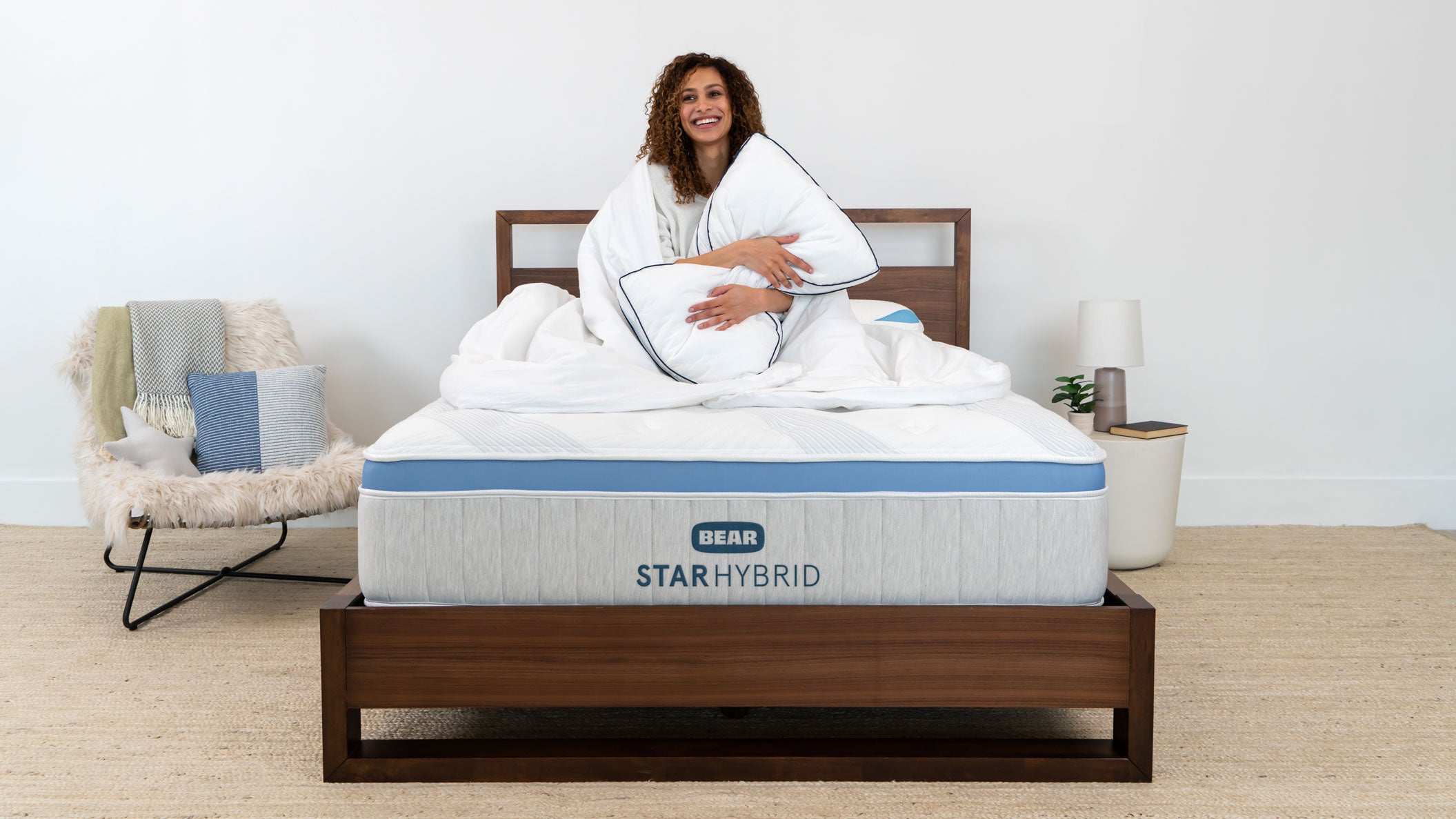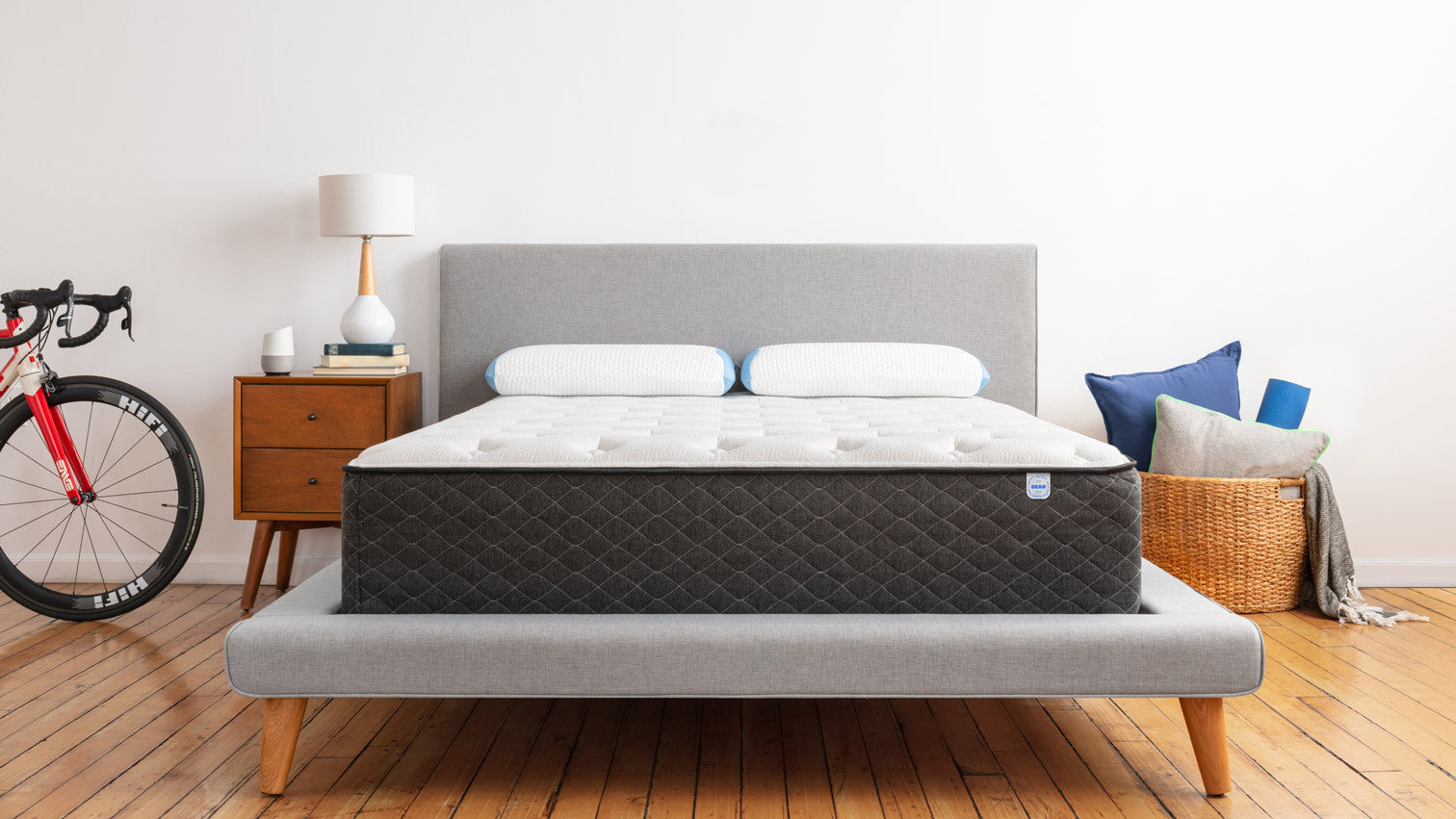Let’s be honest: pretty much everyone sleeps like a total weirdo.
We’d all probably be a little embarrassed if we saw ourselves sleeping, but even the strangest of sleeping positions will likely fall into one of three categories: side, back or stomach.
You might not have thought much about what type of sleeper you are, but it’s not a bad idea to do so.
Each sleeping position has its benefits, downfalls and impacts on your health, so maybe it’s time you find out what kind of sleeper you are.
Here are the three main types of sleeping positions — and their pros and cons.
Back Sleeper
While they may slightly switch sleeping positions throughout the night, back sleepers tend to spend the majority of their sleeping hours, well, on their back.
If you’re a back sleeper, you can relish in the fact that you probably experience the best overall sleep health out of other types of sleepers. This is in part due to the fact that your body is fully supported by your mattress at all times throughout the night.
Sleeping on your back especially prevents major aches and pains, and it often means you sleep like a rock. However, it can increase your chances of experiencing sleep apnea.
Pros and Cons:
Pros:
- Fewer back problems
- Lower chance of acid reflux
- Ideal spinal alignment
Cons:
- Increased chance of sleep apnea
- Can make snoring worse
Stomach Sleeper
Stomach sleepers are the least common of the various sleeping types — and for good reason.
Sleeping on your stomach is not recommended by most sleep professionals. When you sleep on your stomach, it flattens the natural curvature of your spine, leading to an increased likelihood of lower back pain. Also, don’t be surprised if your neck hurts regularly since stomach sleepers lay with their head turned or craned for most of the night.
Plus, the compression on your stomach can push acid into your throat more easily than in other positions and increase acid reflux.
But, stomach sleeping isn’t all bad. It can actually help with snoring and sleep apnea, and sometimes the comfort of sleeping face down can help you fall asleep quicker.
Pros and Cons:
Pros:
- Less snoring and sleep apnea
- It’s pretty darn cozy
Cons:
- Strains your spine and neck
- Greater lower back and neck pain
- Increased chances of acid reflux
- Frequent tossing and turning to ease any strain on your body
Side Sleeper
The most common type of sleeper is the side sleeper, in part because there are so many variations for sleeping on your side (like the fetal position).
Side sleeping has many upsides, including the alleviation of insomnia or chronic sleep deprivation and the reduced chance of sleep apnea.
In fact, research suggests sleeping on the left side of your body is particularly beneficial due to the arrangement of our internal organs. Left-side sleepers may experience improved digestion and blood flow, as well as less acid reflux than other sleepers.
However, sleeping on your side can lead to the dreaded numb arm since resting your head or entire body can squish your arm, decreasing blood flow and pressing down on your nerves. It can also increase pressure on your hips, shoulder and back if your spine isn’t properly aligned throughout the night.
That being said, using a supportive mattress can decrease these issues (like the Bear Pro Mattress, which is great for side sleepers because of its ultra-supportive foam structure).
But overall, side sleeping is quite rejuvenating, and there are many side-sleeping modifications you can make to increase your comfort and spinal alignment — such as sleeping with a pillow between your legs.
Plus, side sleeping is great for cuddling!
Pros and Cons:
Pros:
- Better blood flow and therefore brain health
- Improved digestion
- Less heartburn
- Relief from insomnia
Cons:
- Greater strain on pressure points
- Potential lower back pain
- Smushed, numb lower arm
So, Which Type of Sleeper is Best?
Well, none of them really.
While each sleeping position has its obvious upsides and downsides, ultimately the best sleeping position for you is the one that gives you the best night’s sleep. Plus, it’s always possible to find a mattress or the perfect pillow that works well with any sleeping position.
That being said, try experimenting with your sleeping positions every once in a while — you never know what might help you wake up feeling refreshed and rejuvenated!
